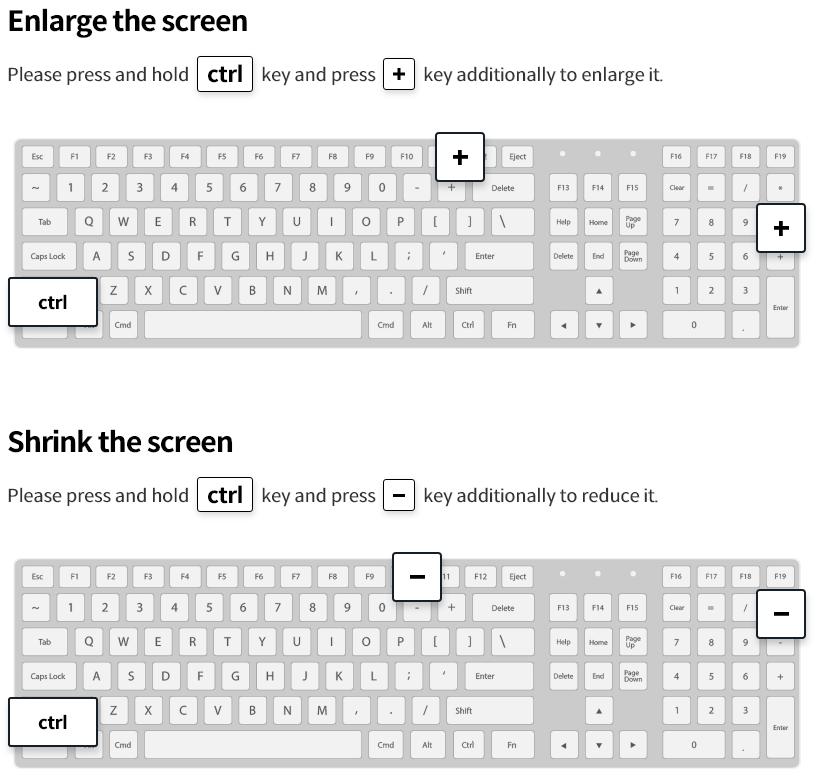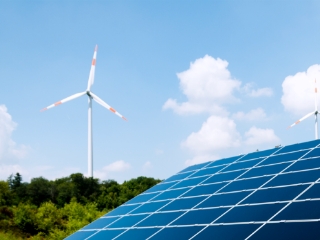The Export-Import Bank of Korea (www.koreaexim.go.kr, Chairman Yong-hwan Kim, “Korea Eximbank”) announced on December 21 that it will provide USD 510 million for the construction of a coal-fired power plant by Hyundai Engineering & Construction Co., Ltd. (Hyundai E&C).
The project sponsor Vietnam Electricity (EVN) signed a USD 1.27 billion contract with Hyundai E&C, charged with building a 1000MW coal-fired power plant in the Mong Duong region near Hanoi as the EPC contractor* for the project.
* Contractor responsible for the engineering, procurement of equipment and materials, and construction of the plant
Chinese contractors used to enjoy a monopoly over Vietnam’s power plant market, but frequent construction delays and equipment defects have led to an increasing number of contracts being awarded to Korean firms armed with superior technology and competitive pricing.
Korea Eximbank played a key role in helping Hyundai E&C win the contract.
Earlier in the project, EVN planned to obtain all of its financing from ADB, but incurred unexpected overhead costs from delays in the project.
Korea Eximbank responded quickly by issuing a letter of intent (L/I) to finance the resulting shortfall of funds, which is said to have been a decisive factor in the awarding of the contract to Hyundai E&C.
A Korea Eximbank official remarked, “Korea Eximbank and ADB enabled the launch of a government project in a developing country by financing its full value, at a time when long-term loans are expected to dry up in Asia as a result of the heightened risk aversion of commercial banks in the wake of the European Sovereign Debt Crisis. We hope this project will open up greater co-financing opportunities with international financial institutions.”


